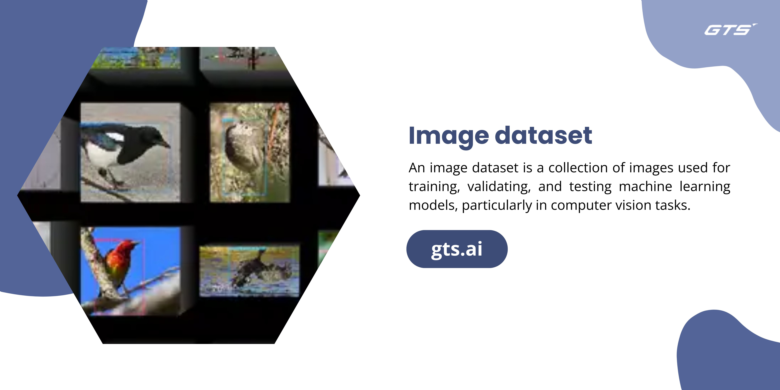
blog address: https://gts.ai/services/image-dataset-collection/
blog details: In the world of artificial intelligence (AI) and machine learning (ML), image datasets are the cornerstone of developing sophisticated computer vision models. These datasets contain large volumes of labeled or unlabeled images, used to train models to recognize patterns, identify objects, and even generate new visual content. Whether you are interested in facial recognition, autonomous vehicles, medical imaging, or object detection, understanding how image datasets work is crucial for any AI developer or researcher.
What Are Image Datasets?
An image dataset is essentially a collection of images that serve as training data for machine learning models. The images within the dataset can vary in size, quality, and subject matter, depending on the specific problem the AI model aims to solve. They are often annotated with labels or metadata, which helps the model learn what each image represents.
For example, in a dataset designed for facial recognition, each image might be tagged with the name or ID of the individual. For an autonomous vehicle system, images may include various road signs, pedestrians, and obstacles, all labeled accordingly.
Why Are Image Datasets Important?
AI models, especially those involving deep learning, thrive on data. The more images a model has access to, the better it can learn and generalize. Without large, diverse, and well-annotated image datasets, it would be nearly impossible to achieve the high levels of accuracy required for modern AI applications.
For instance, to develop an effective medical imaging system that can detect diseases, researchers need vast datasets of MRI, CT, or X-ray images from numerous patients. These datasets are critical in teaching the model to distinguish between healthy and abnormal tissues.
Commonly Used Image Datasets
Several well-known image datasets have become standard benchmarks in the field of AI:
CIFAR-10 and CIFAR-100: These are labeled subsets of the 80 million tiny images dataset and are commonly used for tasks like image classification.
ImageNet: Perhaps the most famous dataset, ImageNet contains millions of labeled images spanning a wide variety of objects and animals. It has been instrumental in advancing computer vision models.
COCO (Common Objects in Context): This dataset is popular for object detection, segmentation, and image captioning tasks. It contains thousands of images with detailed annotations.
MNIST: A simple but effective dataset for handwritten digit recognition. It contains 70,000 images of digits (0–9) and is often used as a beginner dataset for neural network training.
Challenges in Image Dataset Collection
While image datasets are invaluable, collecting and preparing them is not without challenges. Privacy concerns, especially in facial recognition or medical imaging, make it difficult to gather the necessary data without ethical considerations. Moreover, annotating images accurately can be time-consuming and prone to errors.
There is also the issue of dataset bias. If an image dataset lacks diversity in terms of lighting conditions, geographical locations, or demographics, the model might perform well on some tasks but fail in real-world scenarios.
Conclusion
In summary, image datasets are the fuel that powers modern computer vision and AI advancements. Whether you're training a model to recognize faces, diagnose diseases from medical images, or enable self-driving cars to navigate, having access to high-quality, diverse datasets is essential. As the field of AI continues to evolve, so too will the complexity and scope of the datasets that drive its progress.
keywords: Image dataset
member since: Oct 25, 2024 | Viewed: 2


